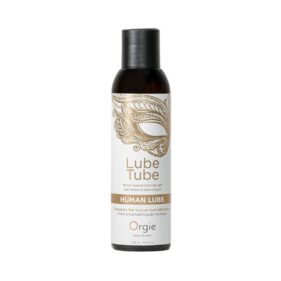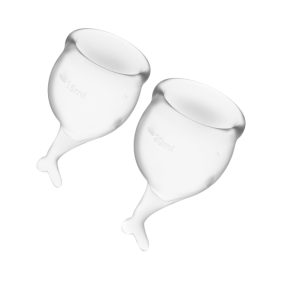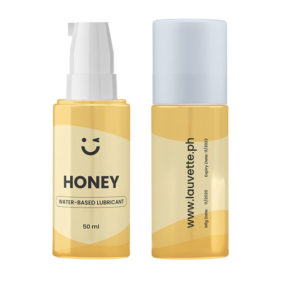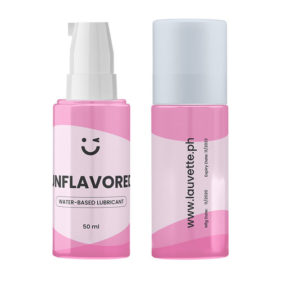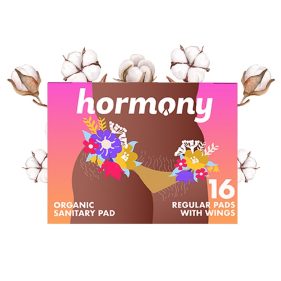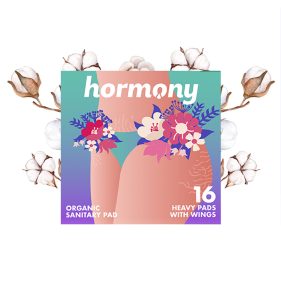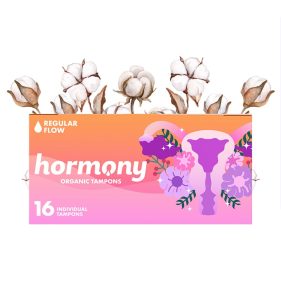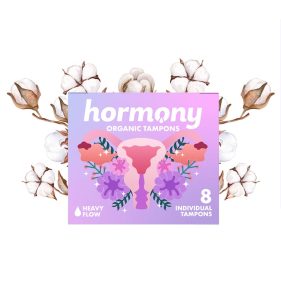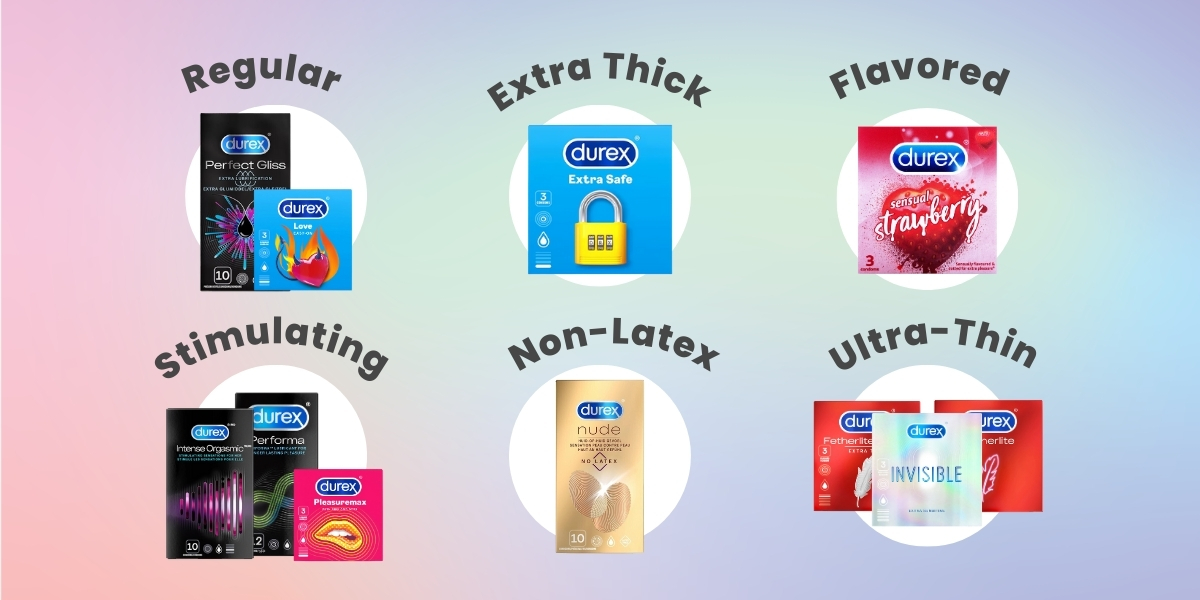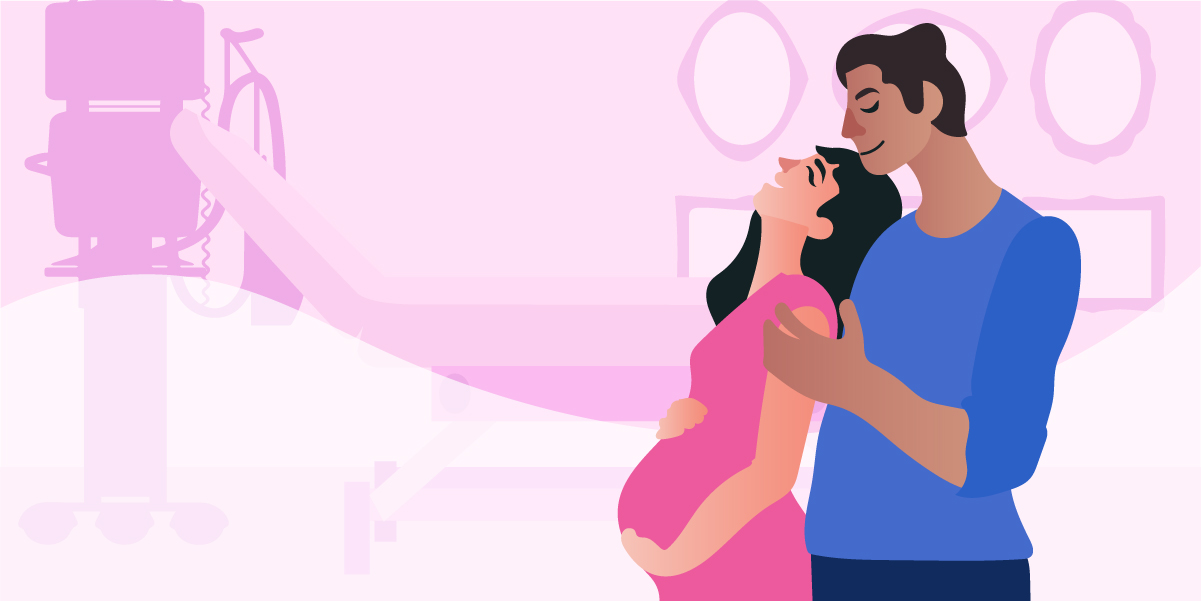
Disclaimer: Though we’re using the term vagina when talking about the innie and outie vaginas, the parts we’re talking about actually belong to the vulva—the external part of the female genitalia.
The vagina is the muscular canal that connects the uterus to the outside of the body. It generally looks the same for everyone, while the vulva is the part that varies in appearance, including innie and outie variations. But since most people know it as the vagina, we’ll be using both terms throughout this guide.
If you’re chronically online, especially on Facebook, you might’ve encountered a viral post about Bar Bilat. This soap combines “bar” (bar of soap) and “bilat,” which is Tagalog slang for vulva/vagina. It’s controversially marketed as a way to “bring back the virginity” of its female users, complete with a before-and-after photo. The before image shows more protruding labia minora, implying that it got that way due to sex, while the after image shows the labia minora tucked in. You can see the photo here.
After its virality, the Food and Drug Administration (FDA) issued a public warning against purchasing and using Bar Bilat. According to their advisory, since the product “has not gone through the notification process of the FDA, the agency cannot assure their quality and safety. The use of such violative product may pose health risks to consumers.”
Alongside the warning, people online pointed out the misleading before-and-after photos on the packaging, clarifying that the “before” image shows a normal appearance of a vagina. The “before” photo, where the labia minora is more visible, is what some call an “outie” vagina. The “after” photo, where there’s no extra skin showing, is known as an “innie” vagina.
Innie and Outie Vulvas/Vaginas Explained
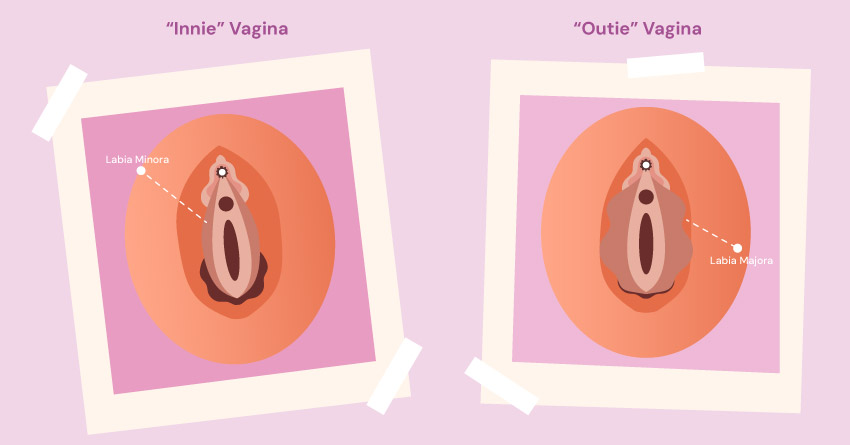
An innie vulva is when the labia minora (the inner folds of skin around the vaginal opening) are shorter than the labia majora (the outer folds that surround the vulva). Since the labia majora is more prominent, the labia minora stays tucked inside.
On the other hand, the outie vulva is when the labia minora is visible from the outside, as it’s longer than the labia majora. Unfortunately, this natural variation has attracted some crude slang like “beef curtains” or “meat flaps,” but it’s just another normal and common look for the vulva.
-
₱1,065.00
-
₱150.00
-
₱150.00
Does Your Vulva Type Make a Difference?

Having an innie or outie vulva usually doesn’t affect your daily life. But for those with labial hypertrophy, wherein the labia minora is significantly larger than your labia majora, you might experience pain during physical activities, a higher risk of genital infections, and challenges with cleaning. Consulting a specialist can help you explore options to address these issues.
In terms of sexual pleasure, there’s no major difference between having an innie or outie vulva. However, someone with an outie vulva might be feeling self-conscious during sex, which could result in sex aversion disorder or sexual repression. This stems from the stigma that outie vulvas are associated with multiple partners and a “wrecked” appearance— as you presented in the introduction above about Bar Bilat. Porn also portrays vulvas as smooth, fair, and free of visible labia minora, which can exacerbate these insecurities.
Takeaway
For those with outie vulvas or unique features that make you feel self-conscious, remember that all vulvas are beautiful! If your partner shames you for having a vulva that doesn’t match unrealistic porn standards, you need is a partner-nectomy— don’t stay with someone who disrespects your body.
This also goes the same with dubious products and social media posts that stigmatize outie vulvas. The people behind these misleading claims are often just seeking quick cash or trying to gain attention through health misinformation. Report and ignore them to prevent their harmful messages from spreading further online.
